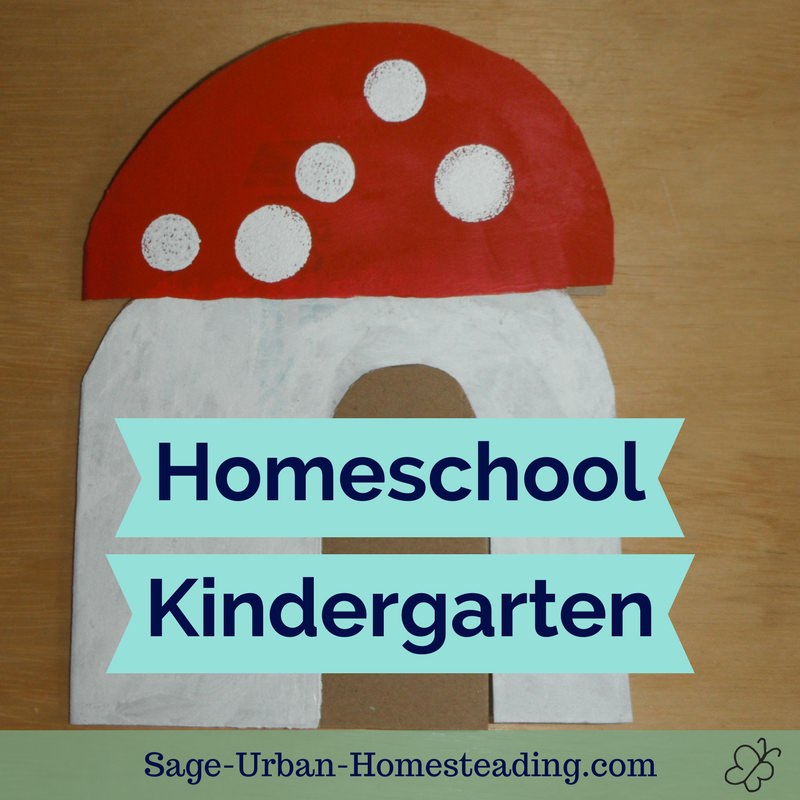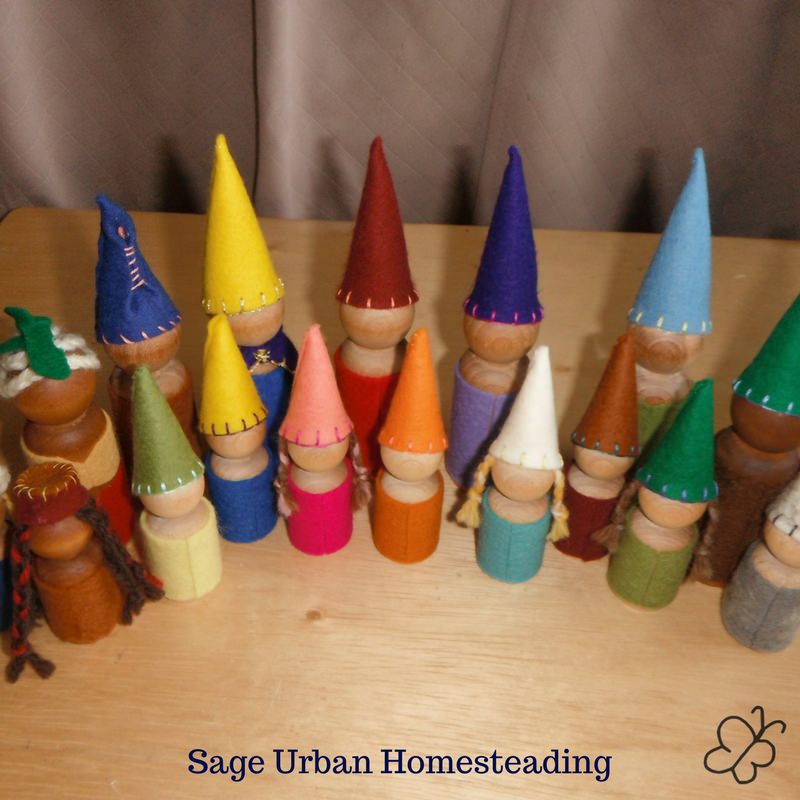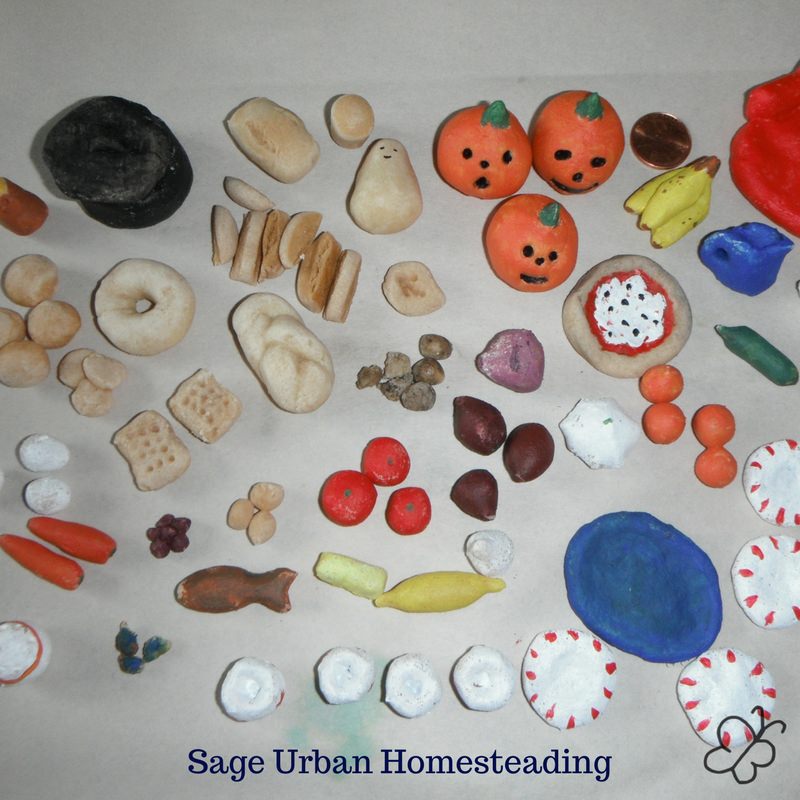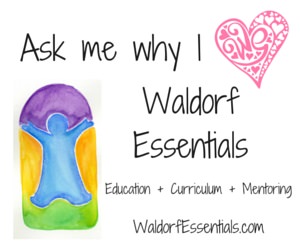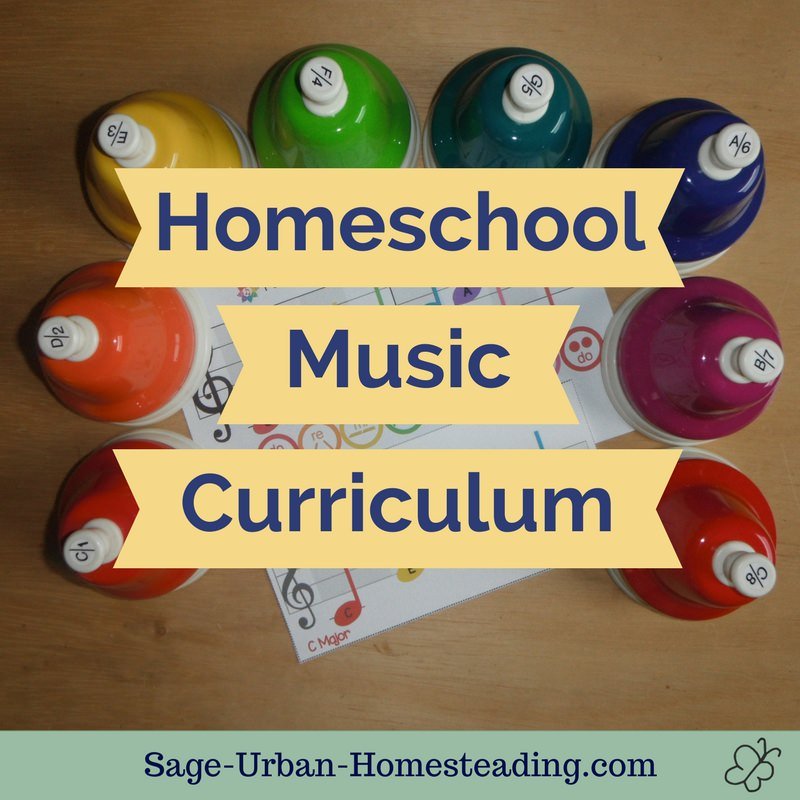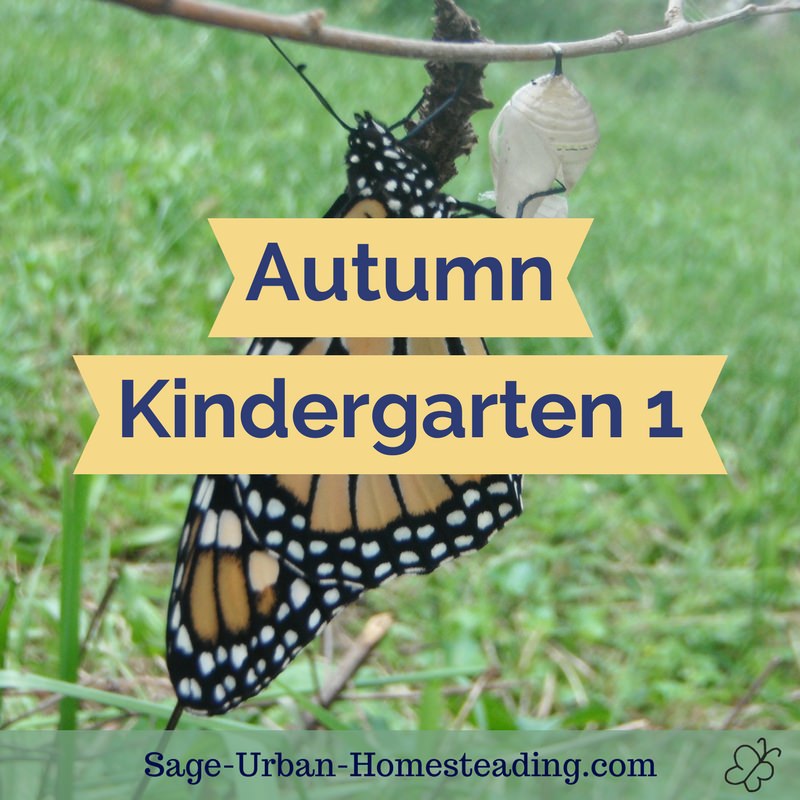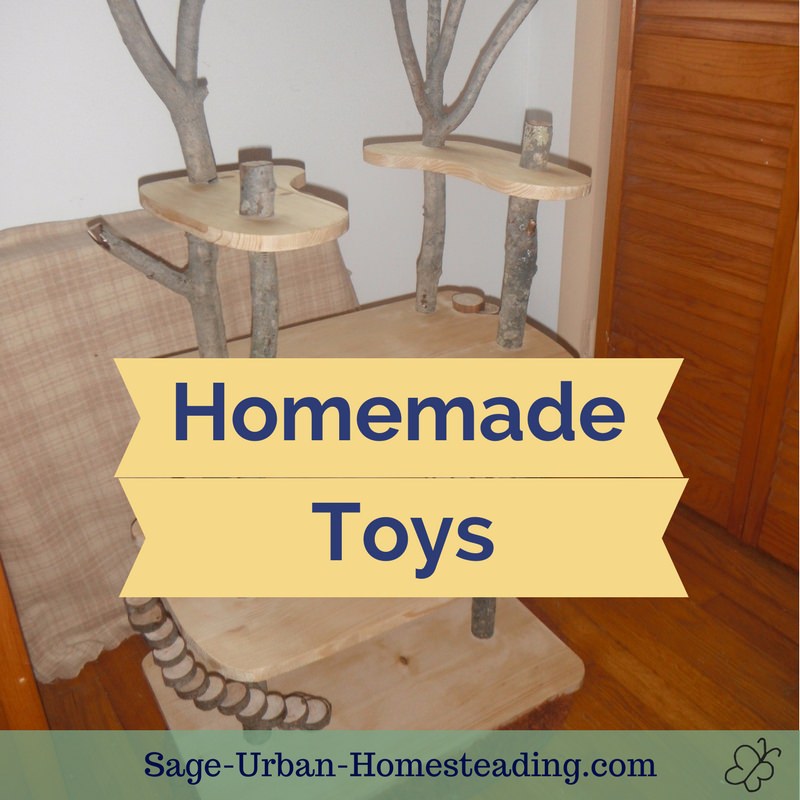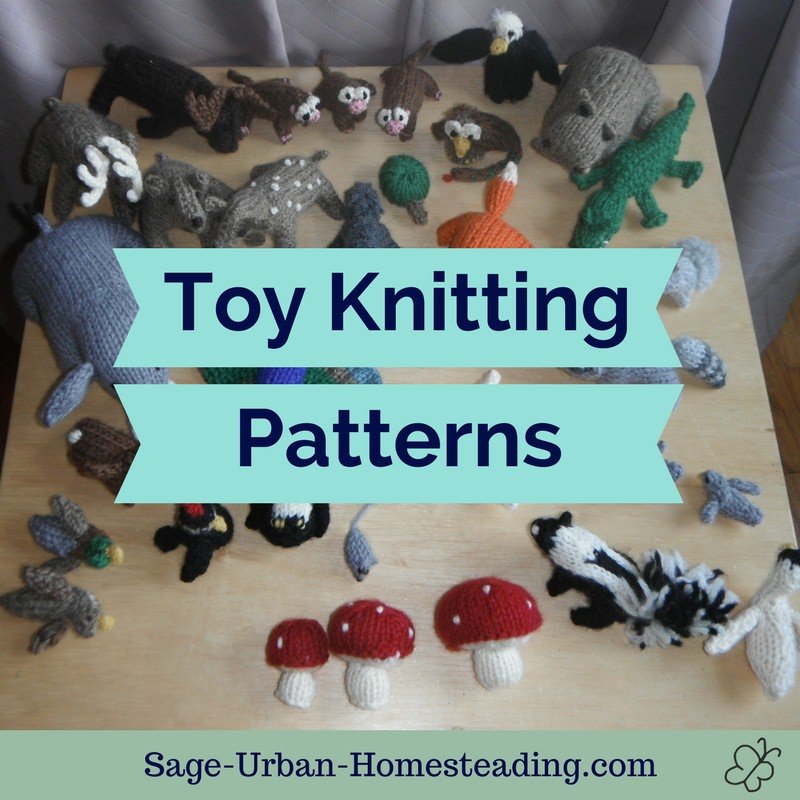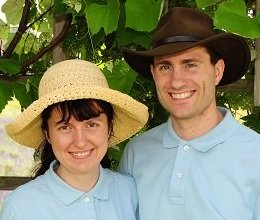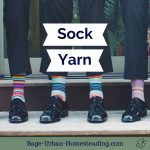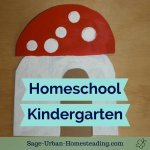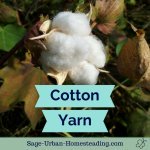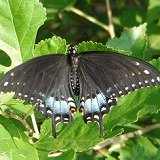FYI: I earn a small commission from some links and advertisements.
- Home
- Kindergarten
How to Homeschool Kindergarten
Our main homeschool kindergarten curriculum is the two year program from Waldorf Essentials, but we have a couple of other things planned, too.
I intend to share regular photos and updates about our homeschooling activities as we move through the seasons for two years of homeschool kindergarten.
Autumn Kindergarten 1
Follow along with our homeschooling activities as we have our first day of school for and begin our homeschool adventures.
Winter Kindergarten 1
We work and play our way through school lessons for the short, cold days of winter and continue our homeschooling.
Spring Kindergarten 1
Watch us bloom and grow while as we go on nature walks and continue learning in a Waldorf inspired style.
Summer Kindergarten 1
Learning at home happens year round as we continue homeschooling through the hot summer months, too.
Autumn Kindergarten 2
For autumn kindergarten 2 (age 5-6), our Waldorf inspired style gets a little more academic yet still very playful and imaginative.
Winter Kindergarten 2
Our rhythm changes here, slowing down for December then picking up even more in the new year.
Spring Kindergarten 2
Our adventures continue as we enjoy the warmer weather with more time outside.
Summer Kindergarten 2
Our rhythm changes again with less lessons and more field trips and adventures. We prepare to end kindergarten and transition to first grade.
There are weekly stories following the adventures of a gnome named Super Sam. He learns about the seasons, helping his forest friends (see the page about knitting animals), and he will spend a month traveling to other countries.
We do a new story on Monday and spend the next few days retelling it then doing artwork based on it.
My homeschooling kindergarten preparation has mainly consisted of making all the little creatures and props for these adventures.
How to Homeschool Kindergarten
I believe in the importance of play in early childhood education. It's how kids learn problem solving, communication, and the curiosity that makes real learning possible.
There have been many research studies to support this. Some good books to start with are Heaven on Earth: A Handbook for Parents of Young Children, Growing an In-Sync Child, and A Moving Child Is a Learning Child.
I believe that for young children, it is better to have the subjects integrated into life rather than broken down into reading, math, science, social studies, etc.
For example, we will do baking. Following the recipe is reading. Measuring the ingredients is math. Talking about how the ingredients grow is science and talking about the areas they come from is social studies.
Add in some health about things like washing hands and how foods are used by our body, and you have a very thorough lesson!
I love that the Waldorf Essentials curriculum
is written this way, with learning happening as a holistic part of
life; however, the county requirements have a checklist broken down by
subject.
Our Homeschooling Portfolio for the County
For our first year of kindergarten, which some people might call preschool or pre-K, we are doing more of a traditional kindergarten focusing on play and learning through the Super Sam stories.
For our second year of homeschool kindergarten in Maryland, we have to start portfolio reviews with the county. Therefore, we are adding in some very non-Waldorf elements to round out having something to show for each subject.
I know the purists won't like this, so I'm being very clear that this is NOT Waldorf style and you do not NEED anything else to use the Waldorf Essentials curriculum.
We are doing this because it's what works best for us, and that should always be your answer when confronted about homeschooling. Every child is different. Every family is different. We can be different and still get along.
How We Cover Each Subject
Please see the homeschool education page for more details about the subjects. Here's a quick summary of our homeschool kindergarten schedule.
Reminder
I did not receive any materials for free. I purchased everything myself. I am sharing links, some of which are affiliate links, because these materials are what we like and are actually using for our homeschool kindergarten.
Language arts and art -- daily Waldorf Essentials stories, retelling, projects to illustrate
Reading -- daily 30 min. All About Reading program, read aloud time with easy chapter books
Mathematics -- start out working through play activities from Moebius Noodles (check out my free math worksheets) then daily 30 min. Right Start Math program
Science -- daily nature walk, nature tray, once a week interactive notebook* and STEM challenges
Social studies -- daily household chores, get the mail, calendar and holidays, once a week About Me notebook*
Music -- daily songs at circle time, Preschool Prodigies
Physical education -- daily walks, movement and coordination activities at circle time, organized activity in the community
Health -- daily hygiene, wellness appointments
Bible -- Snip and Tell Bible Stories
* We plan to do the Waldorf style lesson books starting in 1st grade. For K, we don't want to do too much writing, so we're making notebooks together as a way to record what we do. Watch for photos in the year two links.
We'll do the Waldorf Essentials stories and these subjects 4 days per week and have one day for something outside of the home with other homeschoolers such as dance lessons, swim lessons, or gymnastics.
So that's the plan, and that's what you can follow along with to see how it goes for us. What does your homeschool preschool and kindergarten look like?
